History
The Williams FW14 is a Formula One car designed by Adrian Newey, used by the Williams team during the 1991 and 1992 Formula One seasons. The car was driven by Nigel Mansell and Riccardo Patrese.
In 1992, after further development work was done to the gearbox and aerodynamics, and electronics technology such as a traction control and active suspension system were added, the B-spec. FW14, known as the FW14B was introduced for the 1992 season. The FW14B was the dominant car that year and Mansell wrapped up the 1992 Drivers' Championship with a then-record 9 wins in a season, whilst Patrese scored a further win at the Japanese Grand Prix. Patrese did not warm to the car as much as the FW14, as he preferred the passive suspension in that chassis, whereas the increased level of downforce generated by the FW14B suited Mansell's aggressive driving style much better. The main visible difference between the FW14 and FW14B were a pair of bulbous protrusions above the latter's front pushrods, which contained the active suspension technology. The FW14B also featured a longer nose section. The car had been present at the Australian Grand Prix the previous year, but Mansell had elected to use the regular FW14 in that race.
The result was that there were many races in the 1992 season where Mansell and Patrese would gain 2 seconds per lap on the rest of the field, especially in the early laps, which made the FW14B far superior to even the next best car, the McLaren MP4/7A. Another example of Williams's dominance that year was at qualifying at the British Grand Prix at Silverstone, where Mansell's pole position-winning lap was a whole 2 seconds faster than Patrese, who in turn was a second faster than 3rd placed Ayrton Senna. Williams were clear winners of the 1992 Constructors' Championship, but the season ended in acrimony as Mansell left the team after Alain Prost was signed, while Patrese moved to Benetton for his swansong season in 1993.
Both versions of the FW14 won a combined 17 Grands Prix, 21 pole positions, and 289 points before being replaced with the FW15C for 1993. Given that current F1 regulations ban many of the technologies used by the FW14B and FW15C, these are considered among the most technologically advanced racing cars to have ever raced in Formula One.
Features:
- Working active suspension system
- Functional interior buttons and switches
- Accurate weight and top speed(kinda)
Controls:
Pitch to go forwards or backwards, Roll to steer.
AG1: To start engine
AG2: Turn on active suspension
AG3: Turm on rear lights
AG4: Activate boost (makes car 4WD, very recommended to use while active suspension is low)
VTOL Middle-Up: Lower the suspension (AG2 has to be on)
Trim Middle-Up: Turn on display
Please take a good look at the image below to know what each switch and button do.
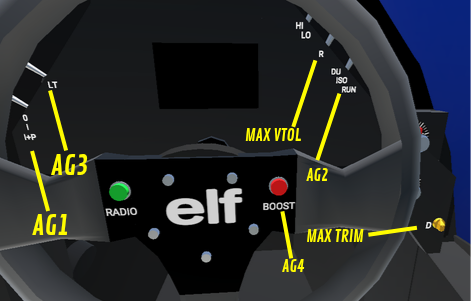
Gallery





enjoy!😺✌️
Specifications
Spotlights
- RicardoACE one month ago
- CalebRepublic one month ago
- DDVC one month ago
- SuperSuperTheSylph one month ago
- RobertsAerodymanics one month ago
- Trainz448 one month ago
- Bugati87 one month ago
- KSB24 one month ago
- TheCanauckNamedCody one month ago
- Noob101 one month ago
- Avionesparaselular one month ago
- Lwillswith2sentryguns one month ago
- livingston one month ago
- Wiz one month ago
- Neom one month ago
- Kav one month ago
General Characteristics
- Created On Android
- Wingspan 15.0ft (4.6m)
- Length 28.8ft (8.8m)
- Height 7.2ft (2.2m)
- Empty Weight N/A
- Loaded Weight 1,116lbs (506kg)
Performance
- Wing Loading 12.0lbs/ft2 (58.7kg/m2)
- Wing Area 92.8ft2 (8.6m2)
- Drag Points 781
Parts
- Number of Parts 675
- Control Surfaces 0
- Performance Cost 2,158

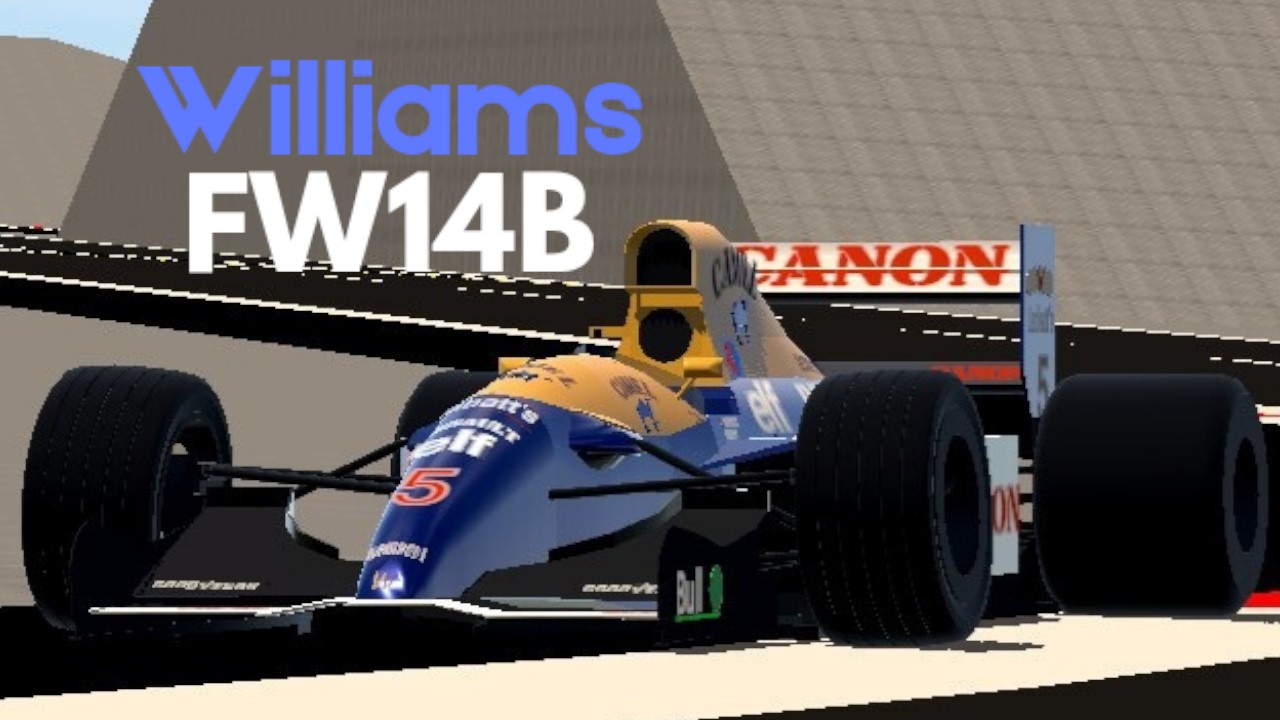
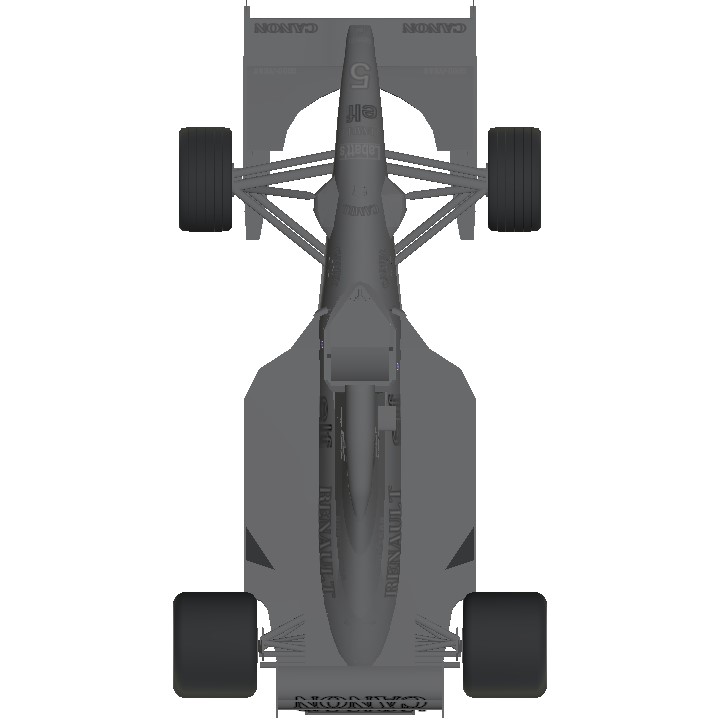
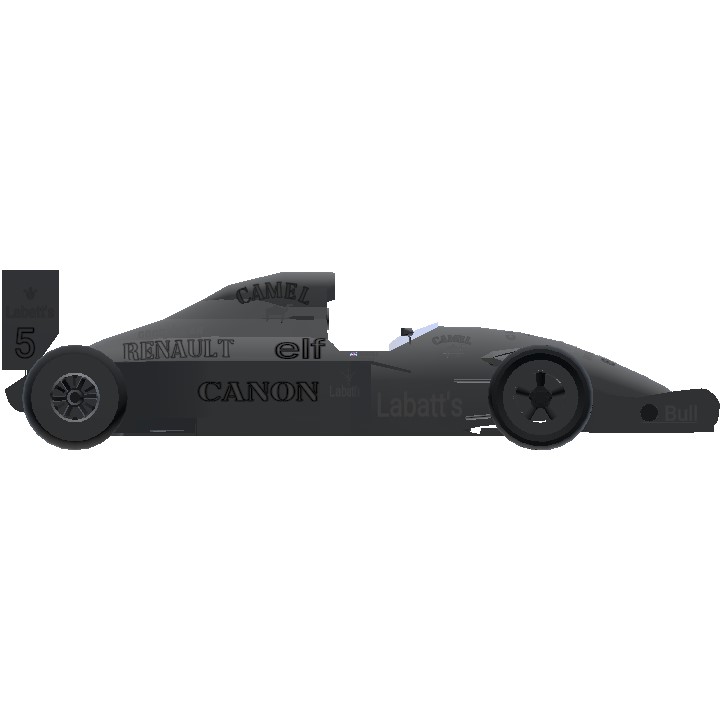
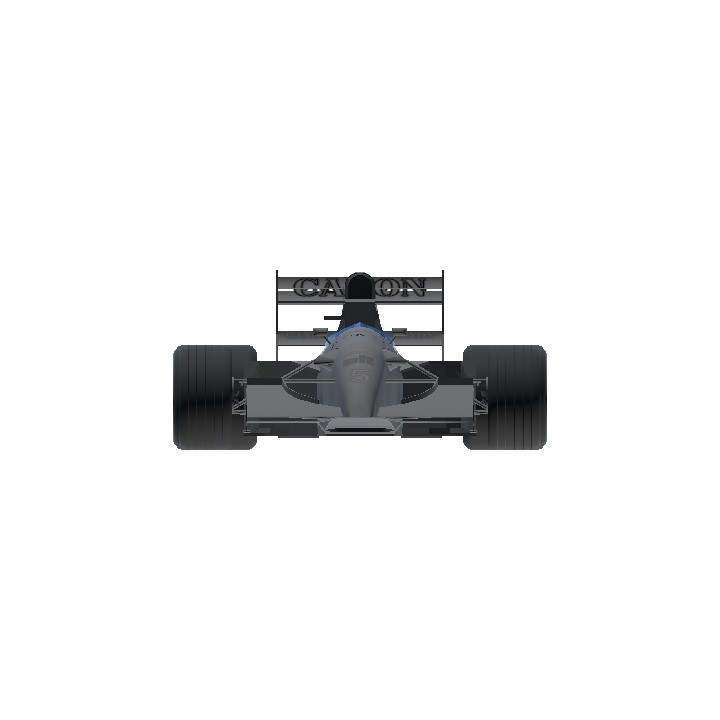
YESS....
I have finally found it.
The one.
The only.
The only car that beat aryton senna and is the coolest.
The Williams FW-14B Red Five
peak
peak
Your build quality is insane! Amazing work!
@Lake
the gap : 25 - 15
"By being a racing driver, you are under risks all of the time. By being a racing driver means, you are racing with other people and if you no longer go for a gap that exists, you're no longer a racing driver."
-Ayrton Senna.
@Noob101 Thank you. sorry if it looks like im not interested, im not a talkative guy😅 i really do appreciate your words tho
Honestly this is way better than anything i could do even when i was more active on the site. this is honestly one of the best looking craft i have found.
Props to you ill keep an eye out for your materpeices. :D
TU TU DU DU, MAX VERSTAPPEN